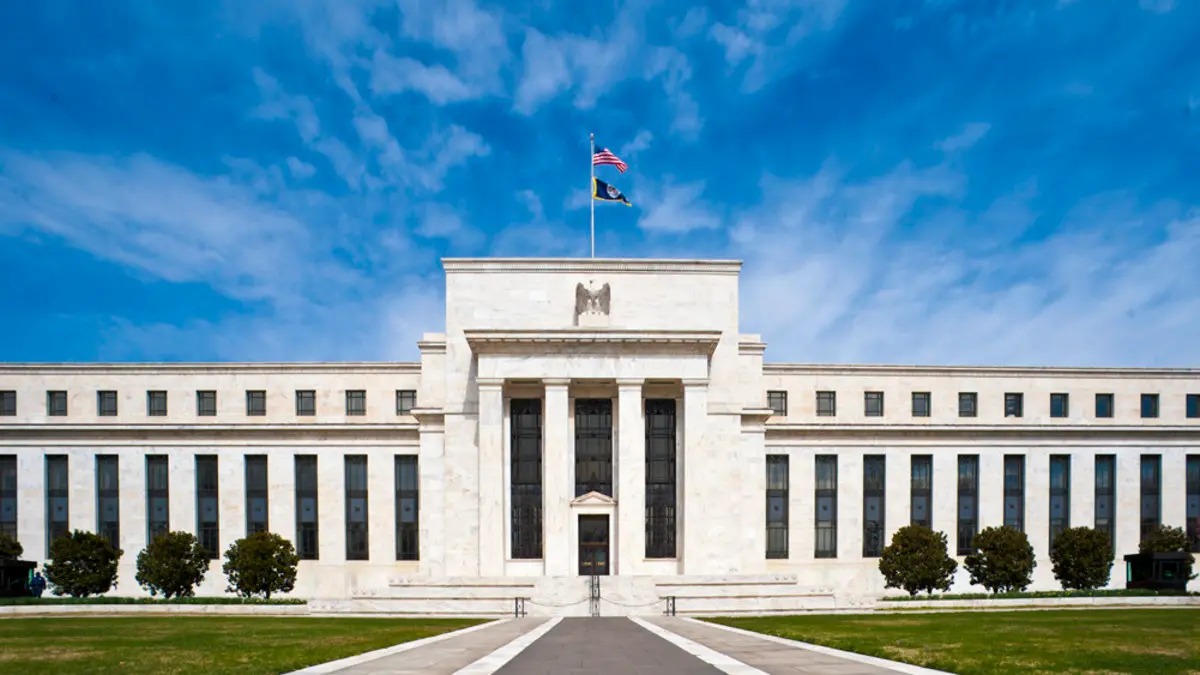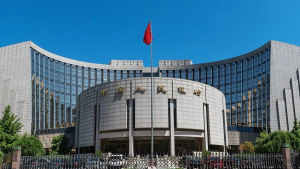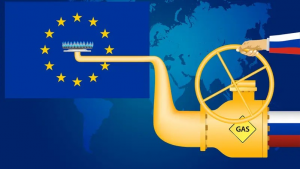Officials at the U.S. Federal Reserve expressed concerns during their December meeting about inflation and the potential effects of President-elect Donald Trump's policies. These concerns suggest a slower pace of interest rate cuts due to prevailing uncertainty, according to meeting minutes published on Wednesday.
While Trump was not explicitly named, the minutes referenced the potential impact of changes to immigration and trade policies on the U.S. economy at least four times, as reported by CNBC and reviewed by Al Arabiya Business.
Since his election victory in November, Trump has hinted at plans to impose punitive tariffs on China, Mexico, Canada, and other trading partners, alongside reducing regulatory restrictions and conducting mass deportations of immigrants.
Ambiguity and Uncertainty
Members of the Federal Open Market Committee (FOMC) warned that Trump's unclear policies and their implementation warrant caution.
The minutes revealed that nearly all participants believe the upward risks to inflation forecasts have increased, citing stronger-than-expected inflation readings and the potential effects of changes to trade and immigration policies.
The committee voted to reduce the interest rate to a range of 4.25% to 4.5%. However, they lowered their expectations for further rate cuts in 2025 from four to only two compared to estimates from the September meeting.
The interest rate has been reduced by a full percentage point since September, and market expectations indicate one or two more cuts this year.
Traders anticipate nearly a 100% chance that the FOMC will keep interest rates unchanged at its January 28–29 meeting, according to the CME Group's FedWatch tool.
Slower Pace of Rate Cuts
The minutes indicated that the pace of future rate cuts would slow. Members noted that the interest rate is now closer to the neutral value compared to the beginning of the easing cycle in September.
Supporting the cautious approach are factors such as inflation remaining above the Federal Reserve's 2% annual target, a stable labor market, and strong economic activity with GDP growth exceeding the average in 2024.
A Data-Driven Strategy
Officials emphasized that future decisions would depend on developments in economic data rather than a fixed timeline. In November, core inflation stood at 2.4%, while overall inflation reached 2.8%.
Documents presented during the meeting showed that most officials expect inflation to drop to 2% by 2027, though near-term risks remain tilted to the upside.
The officials' "dot plot" projections indicated two additional interest rate cuts in 2026, with one or two more possibly following, bringing the long-term federal funds rate to 3%.
The minutes also revealed that many Federal Reserve officials view a gradual approach as most suitable given the heightened uncertainty and the move toward a neutral policy stance.












